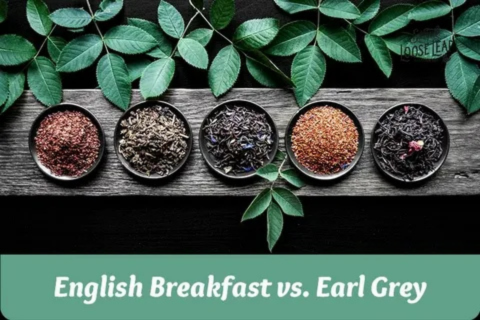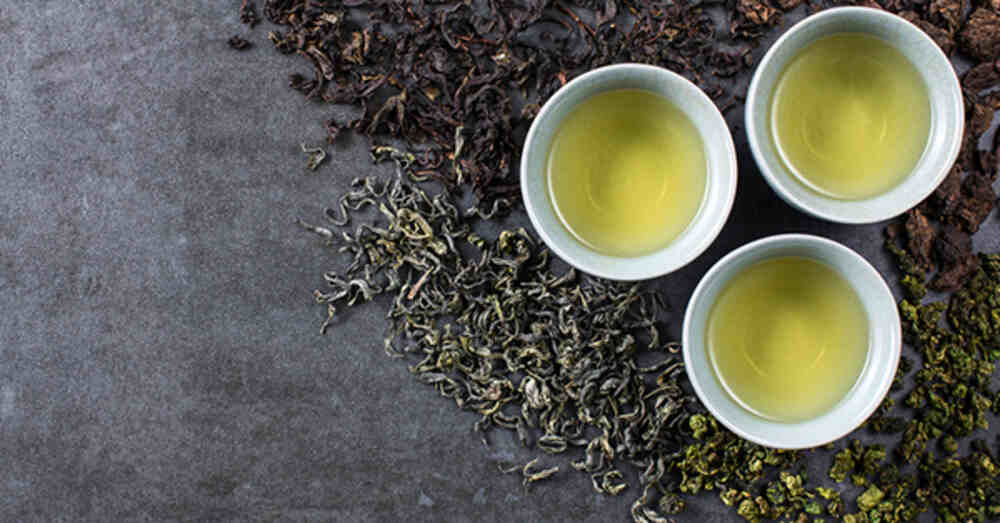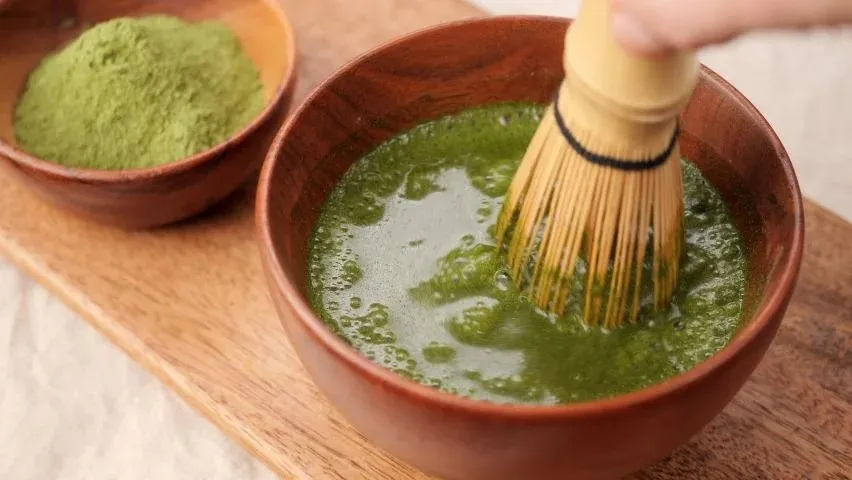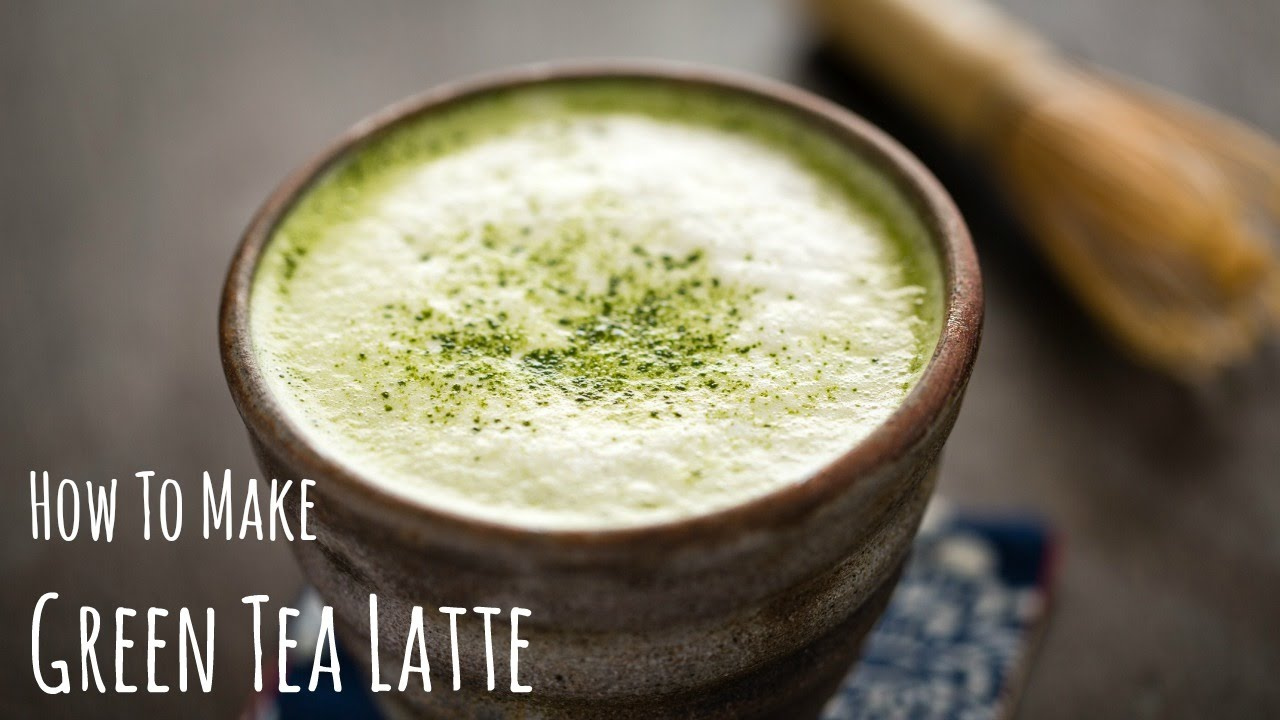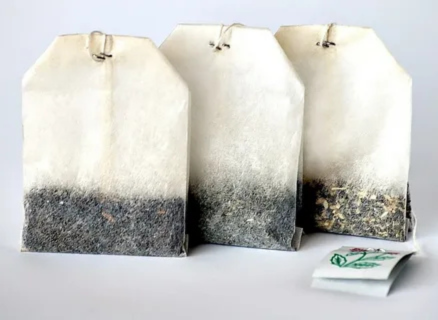Earl Grey vs Green Tea: Earl Grey offers bold, citrus flavor with more caffeine, while green tea is lighter, antioxidant-rich, and healthier
Introduction
Tea lovers around the world often find themselves choosing between Earl Grey vs green tea, two of the most popular yet distinctly different brews.
Both offer unique flavors, health benefits, and cultural significance.
Earl Grey, a black tea infused with bergamot oil, provides a bold, citrusy aroma, while green tea delivers a lighter, more vegetal taste with powerful antioxidants.
This article explores their origins, caffeine levels, health advantages, and the contexts in which each shines, helping you decide which is best suited to your taste and lifestyle.
The Origins of Earl Grey and Green Tea
The story of Earl Grey vs green tea begins centuries apart. Green tea traces its roots back to China over 4,000 years ago, where it was prized for its medicinal properties. It later spread to Japan, becoming central to Japanese tea culture and ceremonies. Its production involves minimal oxidation, which preserves its delicate flavor and high antioxidant content.
Earl Grey, in contrast, is a more modern creation. It originated in 19th-century England and was named after Charles Grey, the British Prime Minister. Unlike green tea, Earl Grey is not a single type of tea but a blend—black tea leaves infused with the essential oil of bergamot, a citrus fruit primarily grown in Italy. This infusion produces the tea’s distinctive floral and citrus aroma, setting it apart from standard black teas.
The contrast in their cultural heritage reflects broader differences: green tea is deeply tied to wellness and ritual, while Earl Grey embodies sophistication and European refinement. Understanding their origins provides context for why Earl Grey vs green tea remains such a fascinating comparison today.
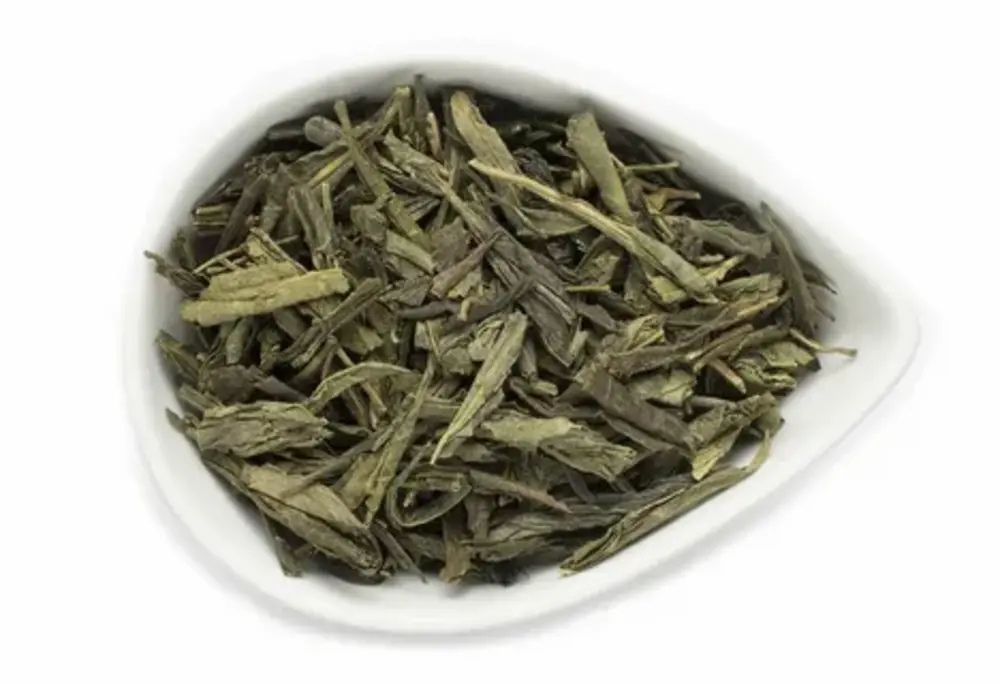
Flavor Profile: Bold Citrus vs Fresh Vegetal Notes
When comparing Earl Grey vs green tea, flavor is one of the most noticeable distinctions. Earl Grey’s base of black tea gives it a robust, malty foundation, while the addition of bergamot oil adds layers of citrus and floral notes. The result is a complex cup with both strength and elegance, making it a favorite for those who enjoy bold flavors.
Green tea, on the other hand, offers a much lighter experience. Depending on its origin and preparation, it can range from grassy and vegetal to sweet and nutty. Japanese green teas such as Sencha or Matcha carry fresh, oceanic notes, while Chinese varieties like Dragon Well (Longjing) are more mellow with a subtle chestnut flavor. Unlike Earl Grey, green tea lacks added flavoring, letting the natural qualities of the leaf shine.
For tea drinkers, the choice often comes down to mood: Earl Grey is invigorating and aromatic, while green tea is refreshing and grounding. Flavor preference is deeply personal, but understanding these differences makes the Earl Grey vs green tea decision more informed.
Caffeine Content: Energy vs Calm Focus
| Aspect | Green Tea | Matcha (Green Tea Powder) | Earl Grey (Black Tea) |
|---|---|---|---|
| Caffeine Content | 20–45 mg per cup (lower) | Higher, since whole leaf is consumed; similar to black tea | Generally higher than green tea |
| Energy Effect | Gentle alertness without overstimulation | Stronger lift, sustained energy | Stronger lift, may cause overstimulation |
| Best Time to Drink | Afternoon – supports focus without disrupting sleep | Morning or midday – more caffeine | Morning – for a strong energy boost |
| Unique Compounds | High in L-theanine → promotes calm & focus | L-theanine + concentrated caffeine | Contains caffeine, bergamot oil aroma |
| Overall Experience | Light, smooth, balanced energy | Rich, earthy, more intense | Bold, citrusy, energizing |

Health Benefits: Antioxidants, Heart Health, and Beyond
The health debate in Earl Grey vs green tea often tilts in favor of green tea, which is celebrated for its high levels of catechins—powerful antioxidants that combat oxidative stress and may reduce the risk of chronic diseases. Studies suggest green tea can support weight management, lower cholesterol, and improve cardiovascular health. Regular consumption has also been linked to better brain function and reduced risk of certain cancers.
Earl Grey also carries health benefits, though they differ slightly. As a black tea, it contains flavonoids that support heart health by improving blood circulation and reducing blood pressure. The bergamot oil infusion adds an extra layer of potential benefits, such as aiding digestion, reducing stress, and improving mood. Some research indicates that bergamot may even help regulate cholesterol levels.
Both teas contribute to hydration and contain compounds that support immune function. However, green tea is often highlighted in scientific studies, giving it a reputation as the more “health-focused” choice. Still, the combination of black tea antioxidants and bergamot makes Earl Grey a strong contender. Choosing between Earl Grey vs green tea may depend on which health benefits align better with your lifestyle.

Cultural Significance and Popularity Worldwide
The global perception of Earl Grey vs green tea reflects their cultural journeys. Green tea has been an integral part of East Asian traditions for centuries, especially in China and Japan. In Japan, the tea ceremony elevates green tea to an art form, emphasizing mindfulness and respect. Today, green tea remains a symbol of wellness and balance, with Matcha cafes and wellness brands boosting its popularity in the West.
Earl Grey, conversely, became iconic through British tea culture. It is often associated with afternoon tea and elegance, gaining popularity across Europe and North America. Its refined image is reinforced by cultural references in literature and film, where Earl Grey is portrayed as a sophisticated choice. Beyond traditional hot tea, Earl Grey has also inspired culinary uses in cakes, chocolates, and cocktails.
Both teas enjoy widespread appeal, but in different contexts. Green tea is embraced globally as a health beverage, while Earl Grey retains its charm as a flavored black tea steeped in tradition and class. The cultural weight of Earl Grey vs green tea underscores that choosing between them is more than just about taste—it’s about lifestyle and identity.

FAQs
1. Is Earl Grey stronger than green tea?
Yes. Earl Grey is made from black tea, which naturally has more caffeine and a bolder flavor than green tea. Green tea is lighter, both in body and in caffeine content.
2. Which is healthier: Earl Grey or green tea?
Green tea is often considered healthier due to its high antioxidant levels and extensive scientific research. However, Earl Grey provides heart-healthy flavonoids and the added benefits of bergamot oil.
3. Can you drink Earl Grey and green tea daily?
Yes, both can be consumed daily in moderation. Green tea is especially recommended for its wellness properties, while Earl Grey is ideal for those who enjoy black tea but want added citrus notes.
4. Does Earl Grey have side effects?
Excessive consumption may lead to caffeine-related issues such as restlessness or insomnia. Additionally, very high intake of bergamot oil could interfere with potassium absorption, though this is rare.
5. Which tea is better for weight loss?
Green tea has stronger scientific backing for weight management due to its catechin content, which boosts metabolism. Earl Grey may aid digestion, but it is not as strongly linked to weight loss as green tea.
Conclusion
The comparison of Earl Grey vs green tea highlights two distinct experiences. Earl Grey offers a bold black tea base with the unique citrus aroma of bergamot, making it ideal for those who enjoy strong, aromatic flavors and need a caffeine boost. Green tea provides a gentler taste, lower caffeine, and powerful health benefits, making it better for daily wellness and calm focus.
Neither tea is superior overall; the best choice depends on your taste preferences, health goals, and lifestyle. Whether you reach for the sophistication of Earl Grey or the refreshing simplicity of green tea, both offer timeless enjoyment.

